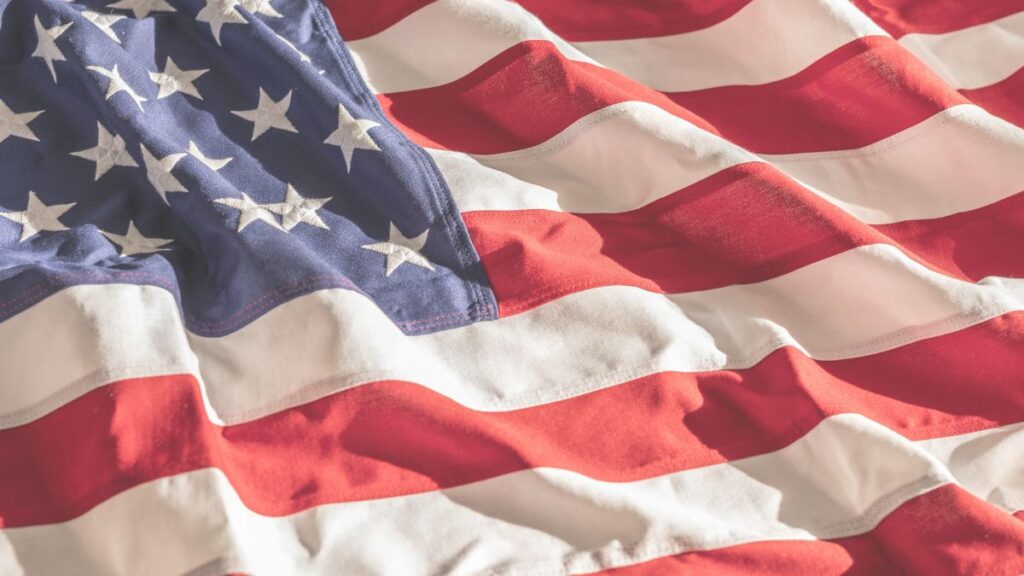
Democracy in America isn’t just a political system—it’s a deep-seated part of the American identity. Since the founding of the United States, the idea of democracy has shaped its policies, laws, and government. At the core of this system lies the concept of government by the people, for the people. But how does this play out in practice, and why is it so fundamental to the nation’s political landscape?
The Foundation of Democracy: A Historical Perspective
America’s democracy was established in 1776 with the Declaration of Independence, a document that laid the groundwork for a republic where the people hold power. But the essence of democracy was further developed with the U.S. Constitution in 1787, which set up a system of checks and balances, ensuring no one branch of government could dominate. This was crucial in preserving individual freedoms and promoting equality.
The Role of Elections in Democracy
Elections serve as the primary method by which citizens participate in democratic processes. Whether electing the president, local representatives, or lawmakers, elections are the lifeblood of the American democracy. Through voting, Americans express their political opinions and influence the direction of their country.
The Power of the People in Shaping the Government
Democracy isn’t just about voting; it’s about being informed and engaged. Grassroots movements, public debates, and civic participation in protests or town hall meetings have all been vital tools in holding elected officials accountable. In this system, power remains in the hands of the citizens, who can challenge the government when needed.
Voter Participation and Challenges
One of the major hurdles to the ideal functioning of democracy in America is voter participation. While every U.S. citizen has the right to vote, voter turnout has historically fluctuated. Issues such as voter suppression, long voting lines, and lack of access to information can hinder the democratic process.
Political Polarization in Modern America
Nowadays, America faces intense political polarization. The sharp division between political parties often results in gridlock, where compromise becomes difficult. This polarization challenges the democratic ideal of a government that represents all citizens, not just one party or ideology.
The Role of Media in Democracy
The media has played an instrumental role in shaping American democracy. From the print media of the 18th century to today’s digital platforms, the media informs the public, shapes opinions, and serves as a check on government power. However, the spread of misinformation and media bias has become a pressing issue that threatens the integrity of democratic processes.
The United States as a Model for Other Democracies
As the world’s oldest democracy, the United States has served as a model for other nations striving to establish democratic governments. American ideals of freedom, justice, and the rule of law have inspired movements for democracy across the globe.
The U.S. Democracy’s Role in Foreign Policy
American democracy has also shaped U.S. foreign policy, as the government often promotes democratic values in its international dealings. Through diplomacy, economic aid, and international institutions like the United Nations, the U.S. has supported democratic development worldwide.
The Continuing Evolution of Democracy in America
Democracy in America remains a dynamic and evolving concept. While it has faced many challenges over the years, the resilience of the American people ensures that it continues to thrive. Whether through voting, civic engagement, or public debate, the heart of democracy beats in the participation and will of the people. As the political landscape continues to change, the American commitment to democracy remains a guiding principle that shapes the country’s future.
FAQs
What type of source is Democracy in America?
Democracy in America is a historical and political analysis book written by Alexis de Tocqueville in the 19th century. It is considered a secondary source that examines the functioning and principles of American democracy.
What is the U.S. democracy like?
The U.S. operates as a constitutional federal republic, meaning it has a democratic system where elected representatives make decisions, and a Constitution protects individual rights. It blends elements of direct democracy, representative democracy, and federalism.
What are the three types of democracy in the United States?
The three main types of democracy in the U.S. are:
- Direct Democracy: Citizens vote directly on laws (e.g., ballot initiatives in some states).
- Representative Democracy: Elected officials make decisions on behalf of the people.
- Constitutional Democracy: The government operates under a system of laws outlined in the U.S. Constitution.
Who made Democracy in America?
Democracy in America was written by Alexis de Tocqueville, a French political thinker and historian, who observed American society and government in the 1830s.
What does my voice in America’s democracy mean?
Your voice in America’s democracy means your right to participate in the political process, primarily through voting, engaging in discussions, and influencing government decisions through activism or public debate.
What is the primary source of democracy?
The primary source of democracy is the people. In a democratic system, power ultimately comes from the citizens, who elect leaders and influence government policies through their participation.